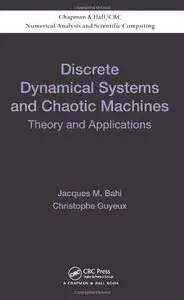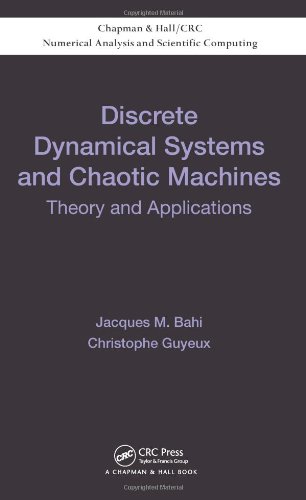Discrete Dynamical Systems and Chaotic Machines: Theory and Applications by Jacques M. Bahi and Christophe Guyeux
English | ISBN: 1466554509 | 2013 | 230 pages | PDF | 2,6 MB
English | ISBN: 1466554509 | 2013 | 230 pages | PDF | 2,6 MB
For computer scientists, especially those in the security field, the use of chaos has been limited to the computation of a small collection of famous but unsuitable maps that offer no explanation of why chaos is relevant in the considered contexts.
Discrete Dynamical Systems and Chaotic Machines: Theory and Applications shows how to make finite machines, such as computers, neural networks, and wireless sensor networks, work chaotically as defined in a rigorous mathematical framework. Taking into account that these machines must interact in the real world, the authors share their research results on the behaviors of discrete dynamical systems and their use in computer science.
Covering both theoretical and practical aspects, the book presents:
Key mathematical and physical ideas in chaos theory
Computer science fundamentals, clearly establishing that chaos properties can be satisfied by finite state machines
Concrete applications of chaotic machines in computer security, including pseudorandom number generators, hash functions, digital watermarking, and steganography
Concrete applications of chaotic machines in wireless sensor networks, including secure data aggregation and video surveillance
Until the authors’ recent research, the practical implementation of the mathematical theory of chaos on finite machines raised several issues. This self-contained book illustrates how chaos theory enables the study of computer security problems, such as steganalysis, that otherwise could not be tackled. It also explains how the theory reinforces existing cryptographically secure tools and schemes.



